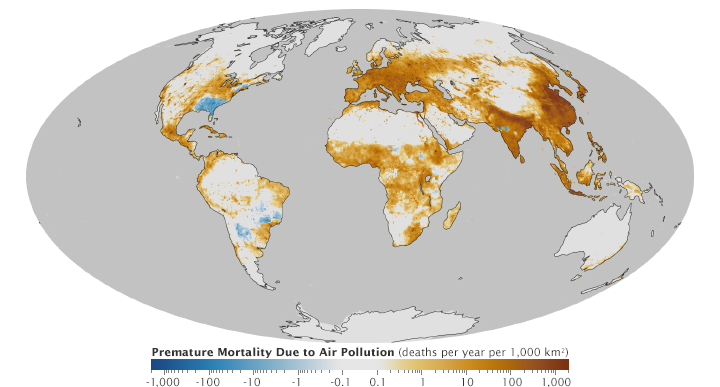Friday, 27 September, 2013, 12:00am
Business
LAI SEE
Howard Winn
Stand by for a flurry of concern over the future of the planet as the Intergovernmental Panel on Climate Change (IPCC) today issues its latest assessment report (AR5) on the extent to which man is contributing to changes in climate. From the leaks that have already appeared it is clear that the IPCC will assert it is more confident than ever (95 per cent – compared with 90 per cent in 2007) that global warming is real and is at least 50 per cent due to the carbon dioxide-producing activities of man.
Earlier reports have issued dire warnings of soaring temperatures and rising sea levels. But today’s report is expected to scale back some of its earlier predictions and will forecast temperature increases by the end of the century of between 1 degree Celsius to 3.7 degrees Celsius.
One of the difficulties for the report will be to explain the “pause” in the rise in temperature over the past 17 years. The IPCC is now forecasting a rise in sea levels of 40-60 centimetres by the end of the century, which is a good deal less than earlier forecasts of one to two metres, and altogether less alarmist than Al Gore’s predictions in his film An Inconvenient Truth of increases of seven metres. This would have submerged places like the Netherlands, Bangladesh and Florida.
Although the IPCC is reducing its more dire forecasts, it is still preoccupied with the idea that the production of carbon dioxide through the burning of fossil fuel contributes 50 per cent of global warming. There are many climate scientists, who are beginning to get their voices heard above the hubbub of the alarmists, who believe variations in climate are more due to natural occurrences such as changes in ocean temperature cycles, volcanic activity, sun spot activity and so on. But the preoccupation with carbon has led to billions being spent on pointless policies to mitigate the perceived problem.
Writing on his blog, Bjørn Lomborg, an adjunct professor at the Copenhagen Business School, says that the European Union “will pay US$250 billion for its current climate policies each and every year for 87 years. For almost US$20 trillion, temperatures by the end of the century will be reduced by a negligible 0.05ºC.” This is clearly nonsensical but governments and corporations are blithely committed to these policies, some because they believe the science, others because they feel they can’t afford not to and will incur reputational risk if they don’t, while governments feel it could cost them votes.
Special treatment needed
China Daily has a cheery tale about Beijing’s sewage. Some 17 per cent of it goes straight into its rivers untreated. Unsurprisingly an investigation into the quality of surface water in the capital, by the Department of Environmental Protection at the North China Centre for Environmental Inspectors in early August, found all its 50 rivers, except nine that had run dry, were polluted.
Beijing’s water treatment facilities are based on its population hitting 18 million by the end of 2020. However, the city’s population, according to the statistics bureau, exceeded 20 million last year. Although the government has been expanding its sewage works, it is expected to take some time before these measures have significant impact on the polluted rivers.
Have you got any stories that Lai See should know about? E-mail them to howard.winn@scmp.com [2]
Source URL (retrieved on Sep 27th 2013, 8:48pm): http://www.scmp.com/business/article/1318517/billions-are-being-wasted-global-warming-measures
Links:
[1] http://webb-site.com
[2] mailto:howard.winn@scmp.com
